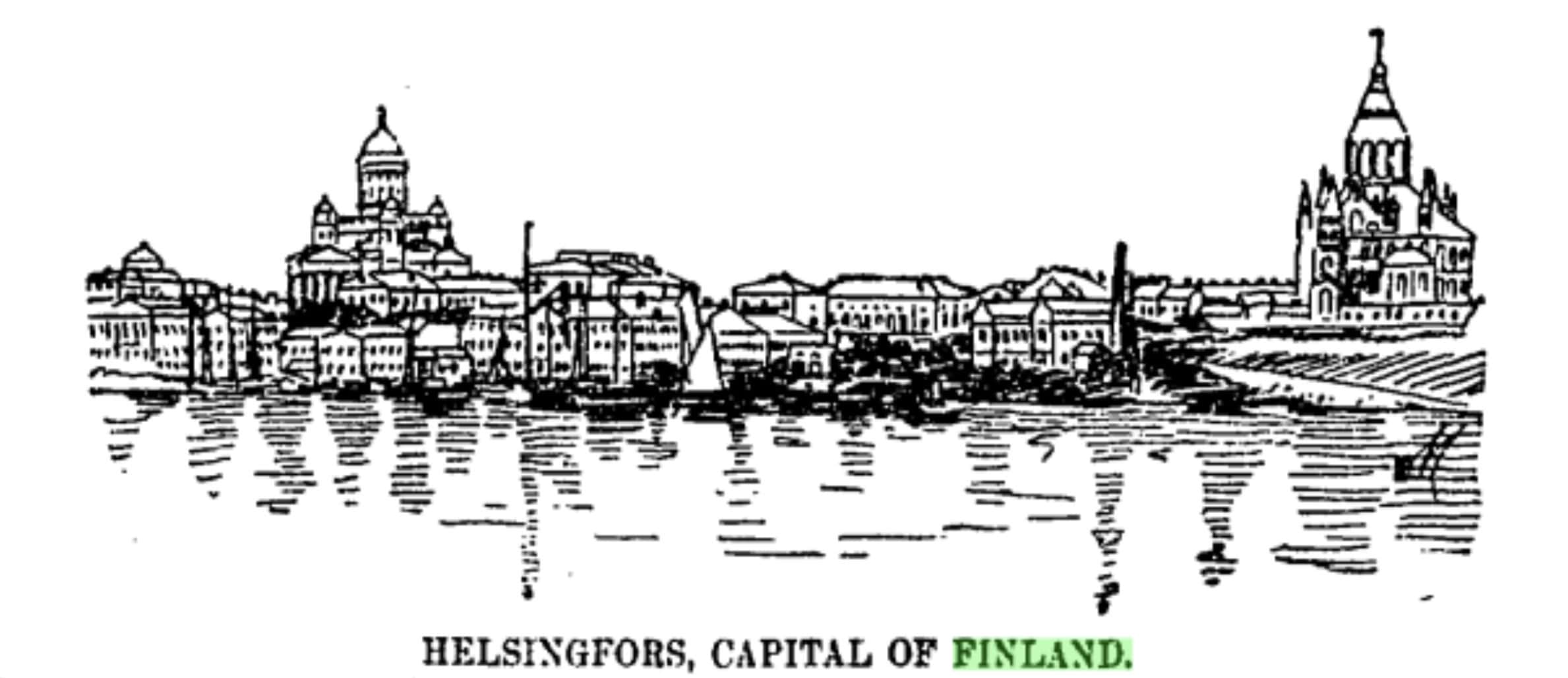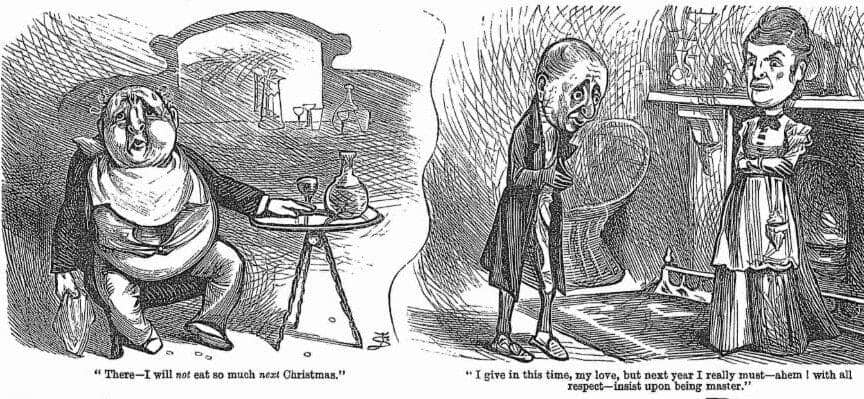By Tania Chakraborti, Gale Ambassador at Durham University
Writing a humanities essay at university can be a daunting experience; when it comes to primary sources there can either be too few available or, confusingly, too many to choose from! How do you go about sifting through so much material and where do you start? That is where Gale Reference Complete comes in; with over 13 million pages of historical primary sources ranging from the medieval times to present day (as well as reference and periodical content) Gale’s multi-discipline and easy-access resources make sifting through the wealth of information a rapid and enjoyable process. There are several resources encompassed within Gale Reference Complete which support a range of disciplines: Academic OneFile and General OneFile provide periodical resources; InfoTrac Newsstand provides access to more than 2,300 major world newspapers; GVRL is an eBook platform, Archives Unbound is a vast collection of niche primary source archives, and finally Gale Literary Sources is perfect for finding those well-needed critics for your English Literature or Modern Languages essay.


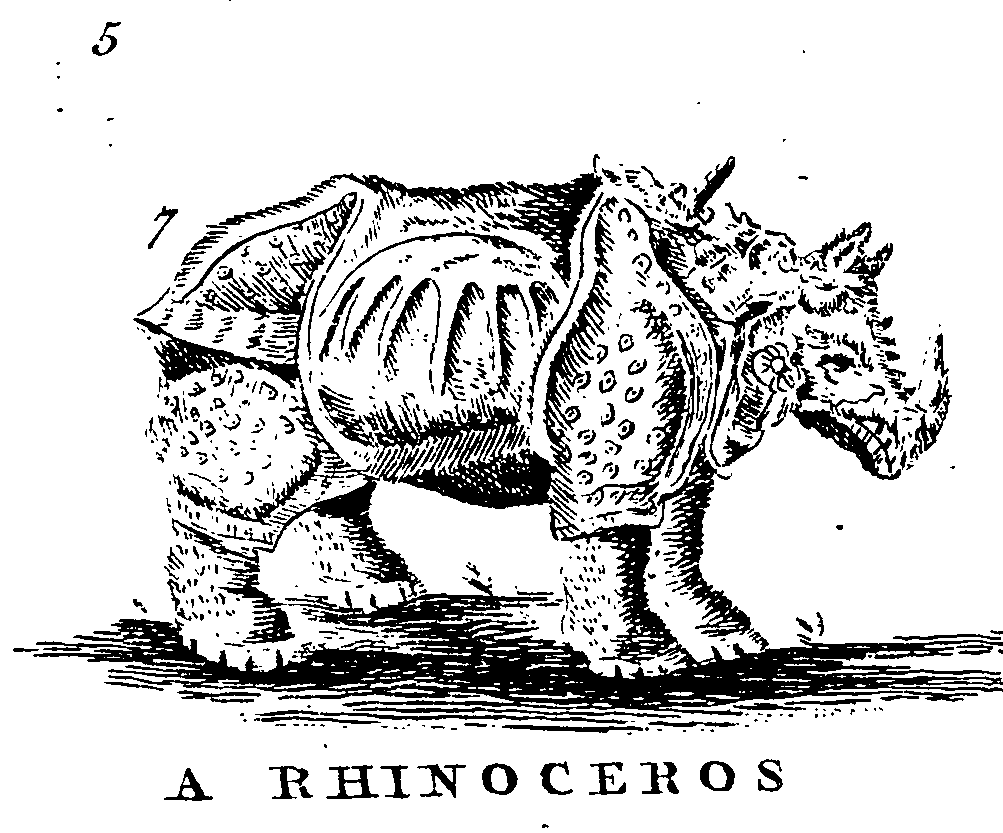
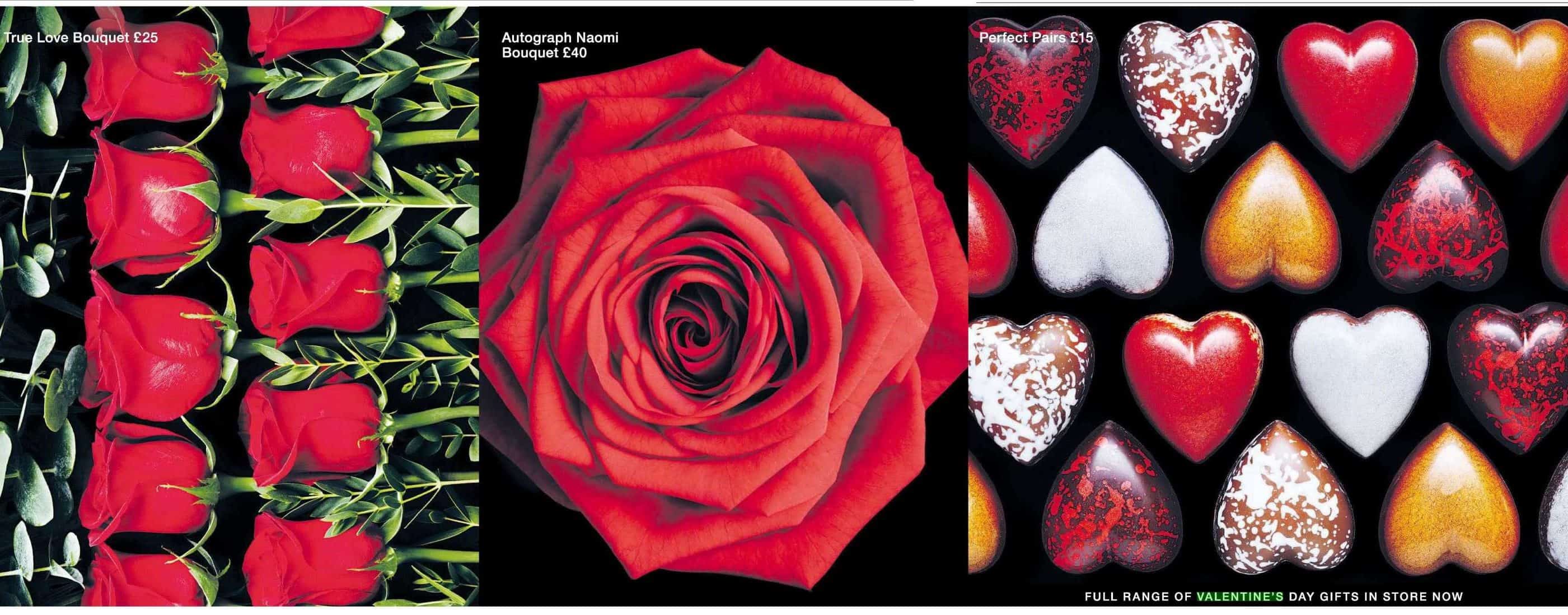
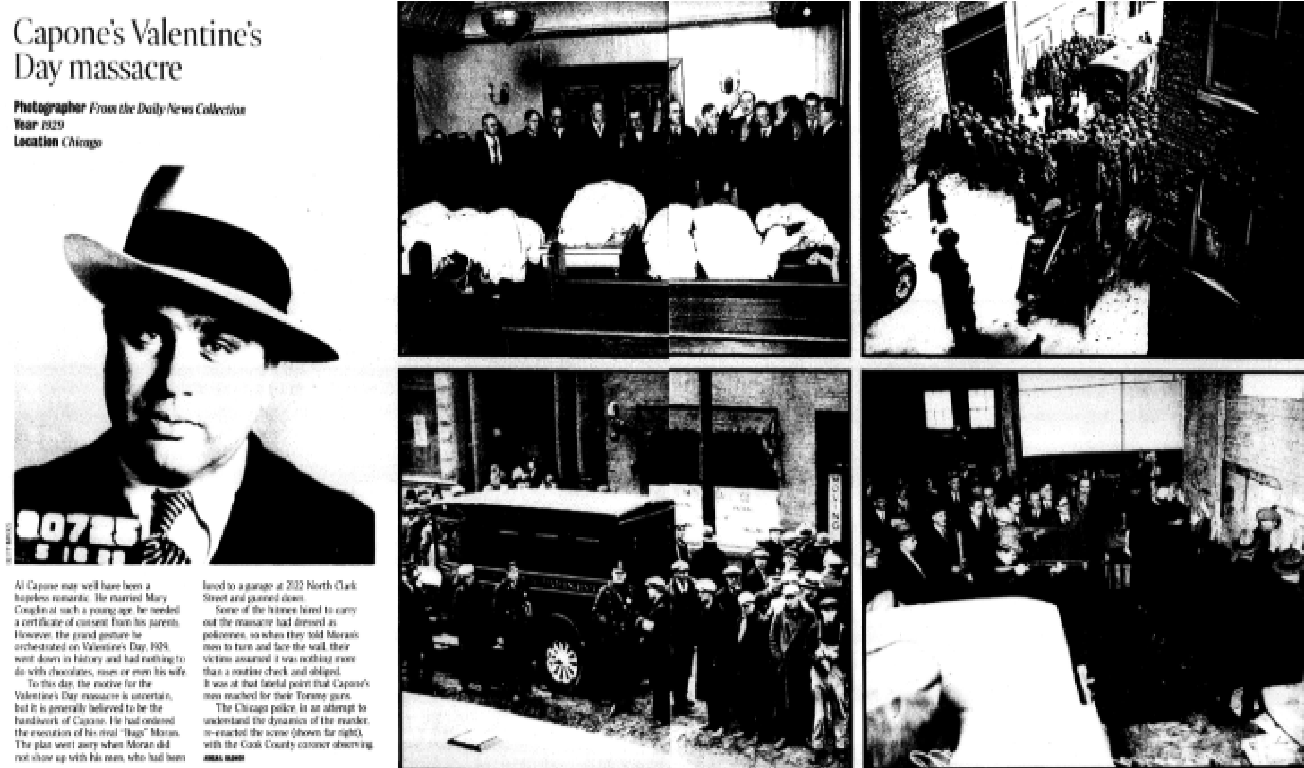
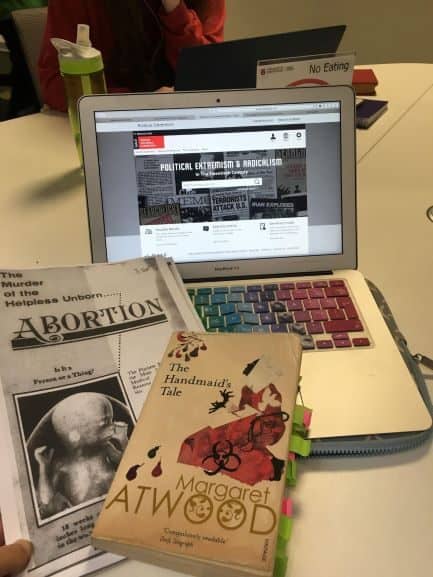
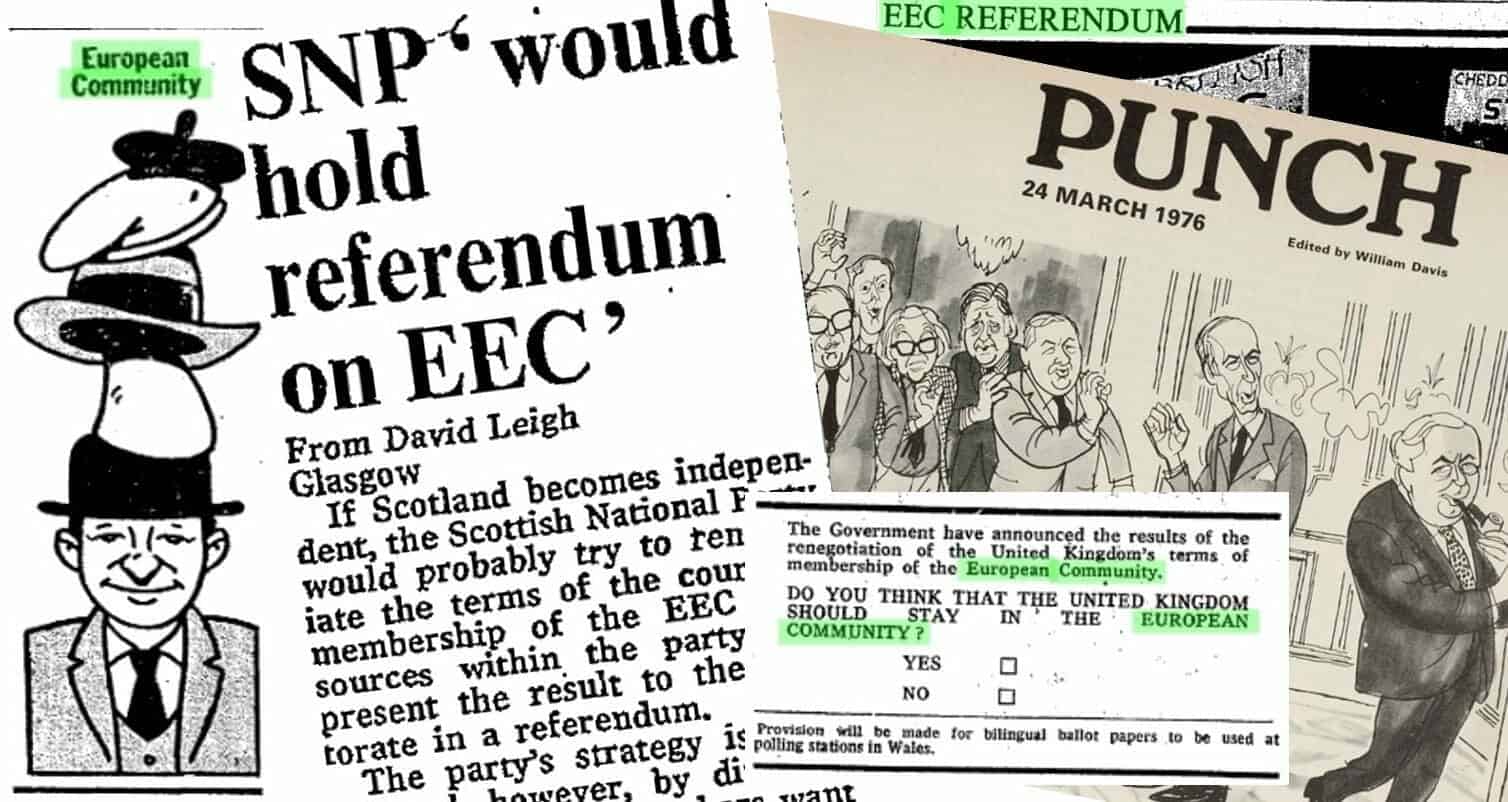
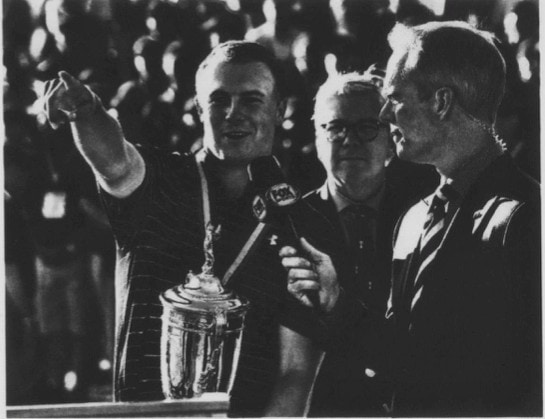
 By Matt Chivers, Gale Ambassador at the University of Liverpool
By Matt Chivers, Gale Ambassador at the University of Liverpool